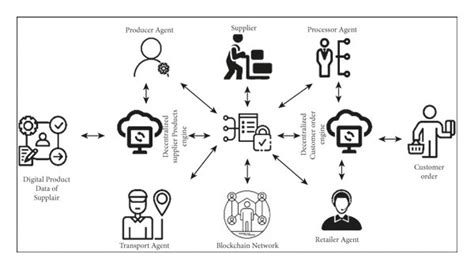“The Foundation of Chaos: How Crypto Is Changing the Face of Supply Chains and Exchanges”

In recent years, the world of finance has seen significant disruption as new technologies and business models have emerged that are disrupting traditional industries. One area that has been gaining momentum is the intersection of cryptocurrency, supply chain management, and decentralized exchanges (DEXs).
At the heart of this convergence is a fascinating concept: bear markets. No, you may be wondering what bear markets have to do with any of these topics. It turns out that the term “bear” in this context refers not just to the animal, but to the behavior of investors who are hesitant to invest during times of economic uncertainty.
So how is cryptocurrency playing a role in supply chain management? One important area is the use of blockchain technology to track and verify the authenticity of products. By leveraging the decentralized nature of blockchain, manufacturers can ensure that their products are genuine and unadulterated, while gaining transparency and accountability across the supply chain.
The emergence of decentralized exchanges (DEXs) has also changed the game for cryptocurrency enthusiasts. DEXs operate on blockchain networks, allowing users to buy, sell, and trade cryptocurrencies without the need for intermediaries like central banks or traditional financial institutions. This model has reduced fees, increased security, and opened up new opportunities for price discovery and market participation.
But what about supply chain management? As investors become increasingly risk-averse during bear markets, they seek alternative investment options that offer stability and predictability. This is where decentralized exchanges come in: by providing a secure, transparent, and trustless platform for trading assets, DEXs can help mitigate the risks associated with traditional financial instruments.
For example, some companies are using blockchain-based supply chain platforms to track the movement of goods and materials across multiple continents. By leveraging data from sensors and IoT devices, these platforms enable real-time monitoring and analysis of inventory levels, supply chain disruptions, and other key performance indicators (KPIs).
One example of this is the use of AI-based predictive analytics to forecast demand for specific products. By analyzing historical sales data, weather patterns, and other external factors, companies can gain valuable insights into market trends and make informed decisions about production and logistics.
The bearish effect of the market on supply chains has also led to increased adoption of blockchain-based solutions. Companies are recognizing that the decentralized nature of blockchain technology offers a secure and transparent way to manage their supply chains, reducing the risk of counterfeiting, tampering, or other forms of manipulation.
In conclusion, the intersection of cryptocurrencies, supply chain management, and DEXs represents a radical shift in the way we think about financial markets, investing, and trading. By leveraging blockchain technology, decentralized exchanges, and AI-powered predictive analytics, businesses can gain valuable insights into market trends and optimize their supply chains for greater efficiency and resilience.
As investors continue to navigate the turbulent waters of bear markets, it’s clear that the future of finance will be shaped by new technologies, innovative business models, and a deeper understanding of the complex relationships between cryptocurrencies, supply chain management, and decentralized exchanges.
